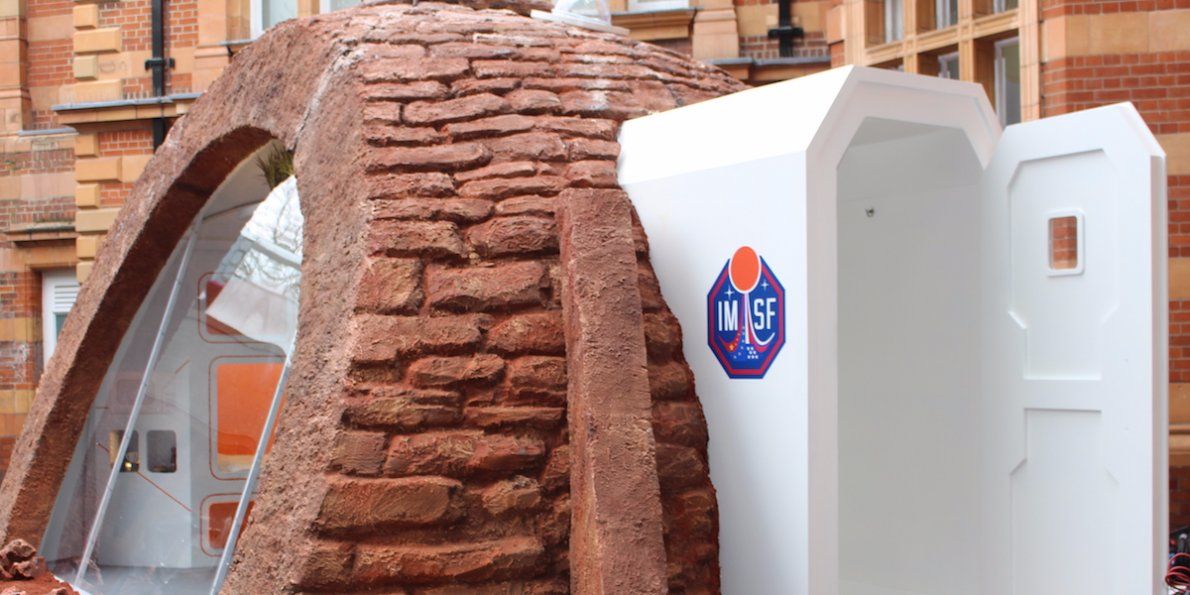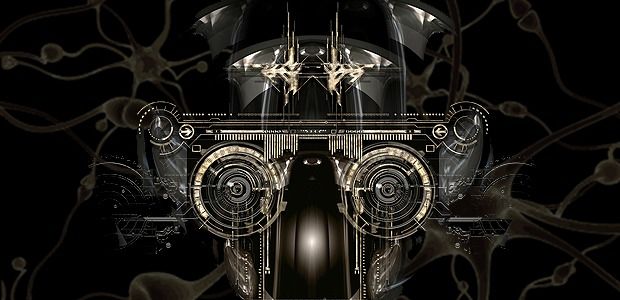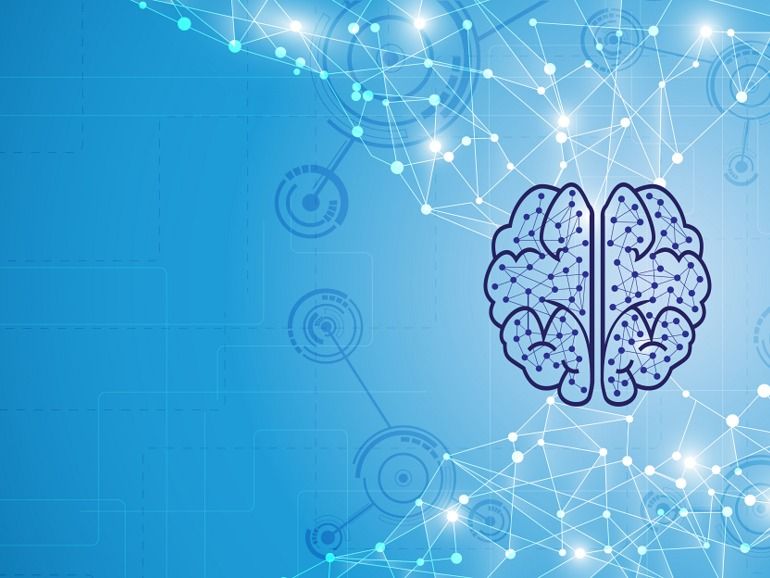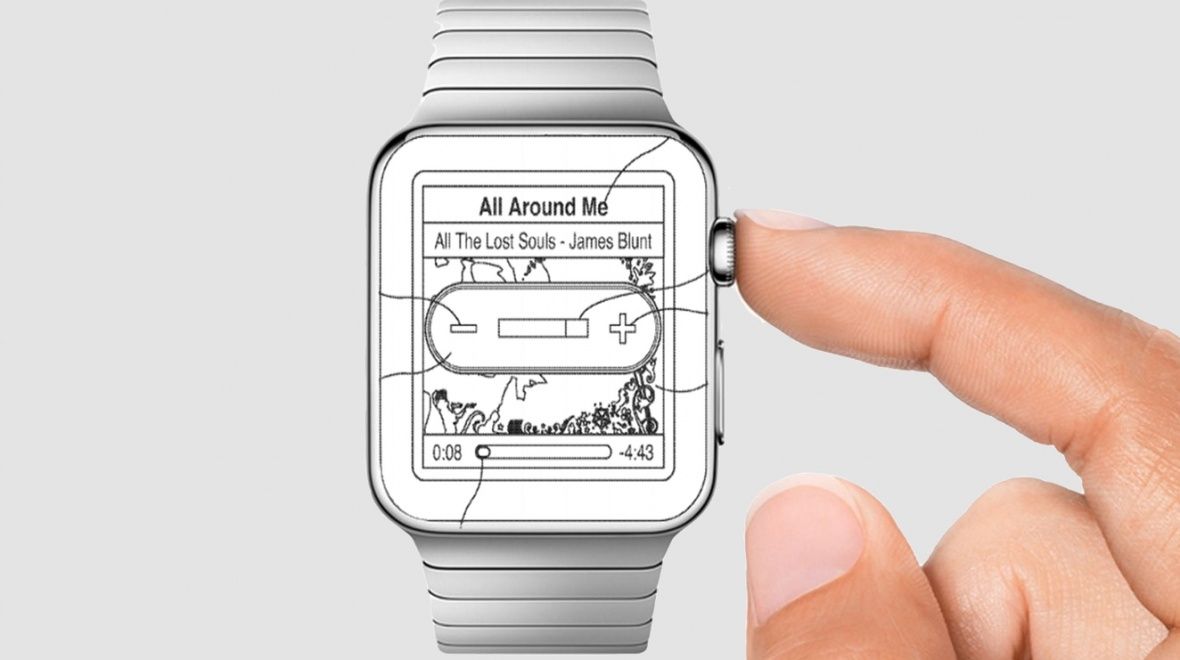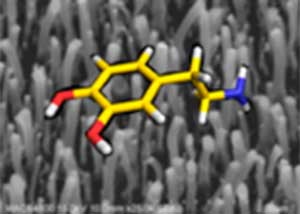Nov 11, 2016
Steve Aoki Throws a Party For Science
Posted by Steve Hill in categories: life extension, neuroscience, science
Party for Science with Steve Aoki and help raise awareness and funds for the SENS Research Foundation.
Hang with DJ Steve Aoki at a nightclub and you can expect an earful of his electronic bangers and confetti in your hair. Cozy up to Steve Aoki at Brooklyn Bowl on November 15 and you’ll get to hit pins alongside neuroscientists, bid on one-of-a-kind experiences in live and silent auctions (think jumping into the foam pit at Aoki’s Las Vegas “playhouse”) and catch him outside the booth as he hosts the Aoki Foundation’s Bowling for Brains fundraiser. The inaugural event supports the Buck Institute on Aging, SENS Research Foundation and Las Vegas’ own Lou Ruvo Center for Brain Health, continuing the foundation’s ongoing support of regenerative science.


